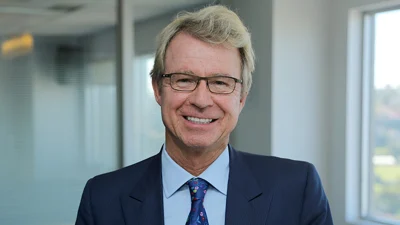What makes a dealer group grow fast?
Theanswer to the question, ‘What makes a group grow fast?’ has been drawn out in the editorial pieces, but it does lead to a further question: How didMoney Managementfind out which groups have grown the fastest?
Since 1999,Money Managementhas compiled its annual Top 100 Dealer Groups survey. This survey lists 100 dealer groups by size, or number of planners, and over the years has built-up into a comprehensive list of the fortunes and failings of dealer groups, and to a further extent the groups which own them.
To find the Top 10 Fastest Growing Dealer Groups,Money Managementcombined the Top 100 lists from 1999 to 2002, taking note of those groups which were no longer in existence or had changed names or ownership, and then compared the increase in planner numbers in each dealer group from the end of 1999 to the end of 2002, and also compared these figures on a year to year basis.
This not only produced results from across a wider time frame but also ensured that any growth in recent years was also reflected in the findings.
As such, the findings can be considered from the point of view of which groups increased the level of planners by a consistent average every year, over a minimum of three years. The same overall criteria was also used to collate those groups that have suffered a decrease in planners.
Finally,Money Managementremoved from the original lists all those groups that are fully or partially owned (30 per cent or more) by institutions and then applied the same methodology to create the list of Fastest Growing Independent Dealers.
These findings will no doubt lead to a number of claims from many groups that they too should have been included in this list, but please note these figures were supplied by the dealer groups themselves and therefore are accurate, being based on the Top 100 data supplied in previous years.
Recommended for you
ASIC has released the results of the latest financial adviser exam, held in November 2025.
Winners have been announced for this year's ifa Excellence Awards, hosted by Money Management's sister brand ifa.
Adviser exits have reported their biggest loss since June this week, according to Padua Wealth Data, kicking off what is set to be a difficult December for the industry.
Financial advisers often find themselves taking on the dual role of adviser and business owner but a managing director has suggested this leads only to subpar outcomes.












